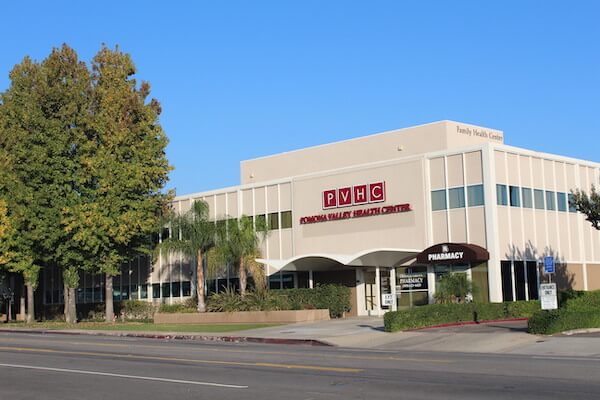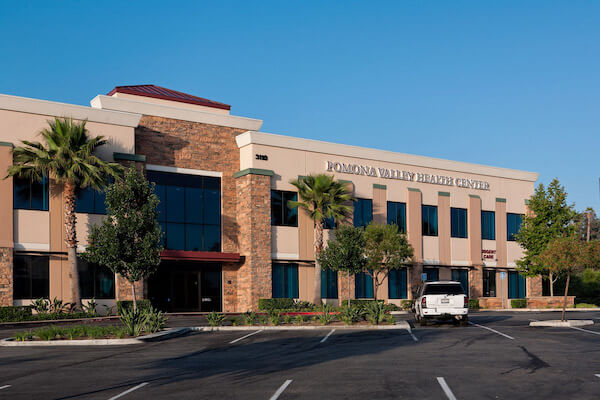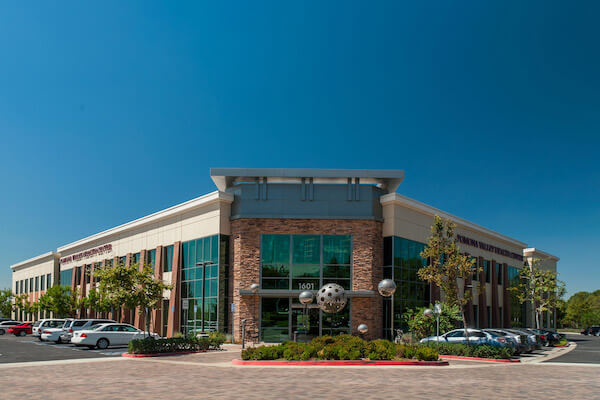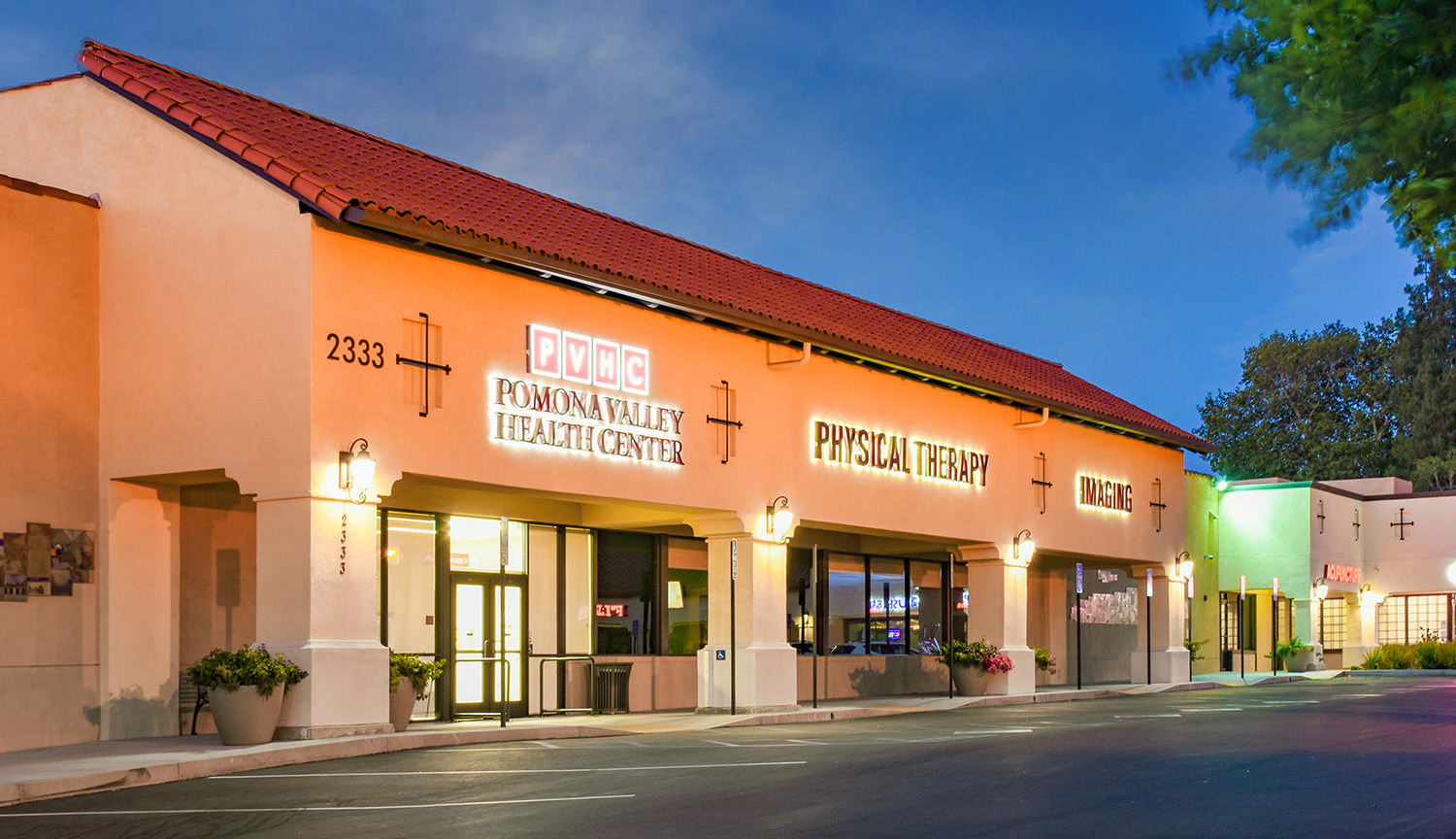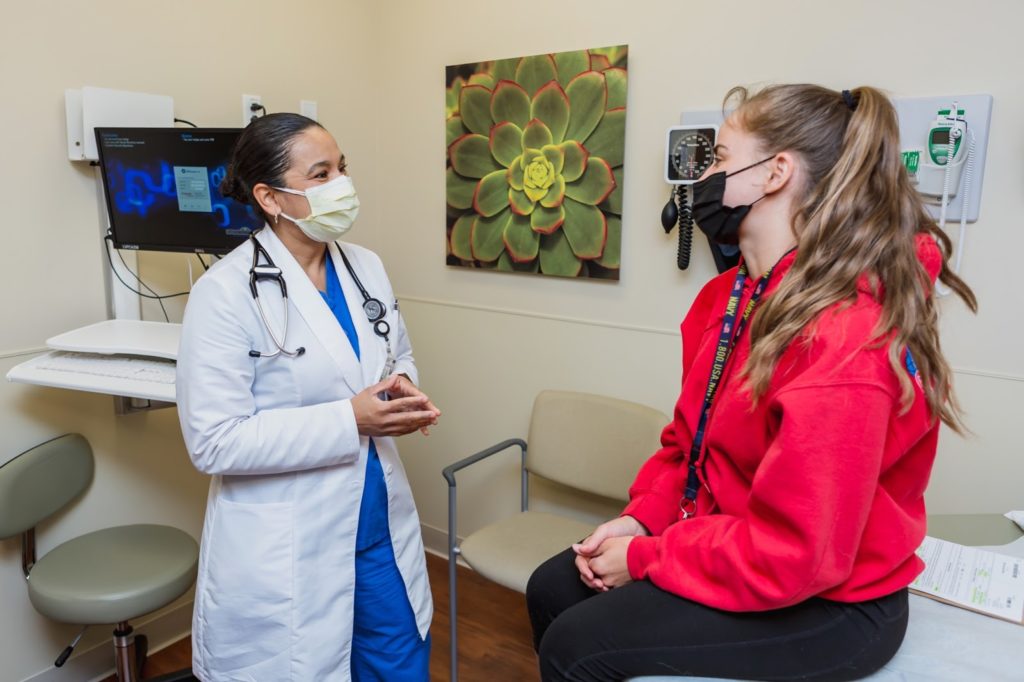
Sports are popular. Each year about 60 million kids participate in organized sports, while 1 in 4 adults are actively on a sports team. Of that, nearly 3.5 million injuries are caused by sports each year.
Whether you consider yourself an elite athlete or weekend warrior, all sports come with risk. Knowing how to handle common sports-related injuries is crucial to long-term recovery and optimal post-injury health, from minor bumps and bruises to more extensive tears and breaks.
It is important to note that although most sports-related injuries are caused in team and contact sports, many are also attributed to noncontact and solo sports such as running, weight lifting and cycling.
A concussion is an injury to the brain caused by a direct blow to the head, causing the brain to be jarred or shaken. Concussions are serious medical injuries and should not go unevaluated or be left untreated.
The most common symptoms of a concussion include:
If you or someone you love is believed to have a concussion, it is important to get them checked. After evaluation, concussion treatment usually includes reduced activities that cause a lot of mental and physical work, medication for nausea or headaches, and rest. You should not return to physical activity until cleared by a healthcare professional.
The ACL, or anterior cruciate ligament, is one of the major ligaments of the knee that provide stabilization. The most common cause of an ACL strain or tear is slowing down and trying to cut, pivot, or change directions too abruptly or sharply.
Along with an ACL tear, other ligaments on the inside of the knee are often torn as well.
Symptoms of an ACL injury include:
Treatment depends on the severity of the injury.
A slight ACL strain or tear often heals without surgery, with consistent rest and icing. The scar tissue in the knee helps heal the ligament, and the knee becomes more stable over time. Conversely, a complete ACL tear requires significant surgery followed by a few months' recovery, including aggressive physical therapy. Patients who experience an ACL tear can usually return to regular activity 6 to 9 months post-surgery.
Sciatica refers to pain associated with the sciatic nerve that runs from the lower back, hips, buttocks and thighs. For most, pain is felt in one leg, but others can experience symptoms in both legs simultaneously.
Sciatica most commonly occurs when a herniated disk, bone spur on the spine or spinal stenosis compresses part of the sciatic nerve.
Aside from pain, sciatica symptoms can include:
It is also important to note that pain can range from mild to severe and cause feelings such as:
For most, sciatica resolves on its own over time with the appropriate self-care measures such as increased low-impact exercise, proper posture and rest.
Additional treatment measures may be required for others with more severe symptoms, including attending physical therapy, taking prescription medications such as anti-inflammatories and muscle relaxants, or receiving steroid injections.
“Shin splints” is an umbrella term for the pain you feel along with your shin bones. They are commonly found in runners and dancers who perform rigorous and impactful leg movements for an extended period.
Professionally labeled as medial tibial stress syndrome, shin splints often occur in athletes who have recently intensified or changed their exercise regimen. The increased activity overworks the muscles, tendons and bone tissue leading to increased pain and swelling.
Most cases of shin splints can be treated at home with rest, ice, footwear change and exercise modifications.
More severe cases, if left untreated, can lead to stress fractures. It is essential to consult your doctor for further evaluation if your self-care measures do not begin to work quickly.
Shoulder injuries are one of the most commonly reported sports-related pain points. From dislocations to muscle sprains, the shoulder is the weakest joint in the body. It endures a lot during physical activity, especially in sports that involve heavy-arm use like tennis, baseball, golf or basketball.
Most shoulder injuries can be treated at home with rest, pain relievers and ice. If the pain does not dissipate within 2 weeks, further evaluation by a medical professional is highly recommended.
No matter the type of injury you or a loved one has been experiencing from sports, there is a time to understand that not all injuries can (or should!) be treated at home.
If you are experiencing severe pain, prolonged symptoms or significant disruptions in your daily life due to your injury, we recommend speaking to your doctor about a treatment regimen that includes physical therapy.
At PVHC, our team of medical professionals is highly trained in diagnosing and treating sports injuries so you can get back on the field, court or pavement sooner. Don’t delay.
